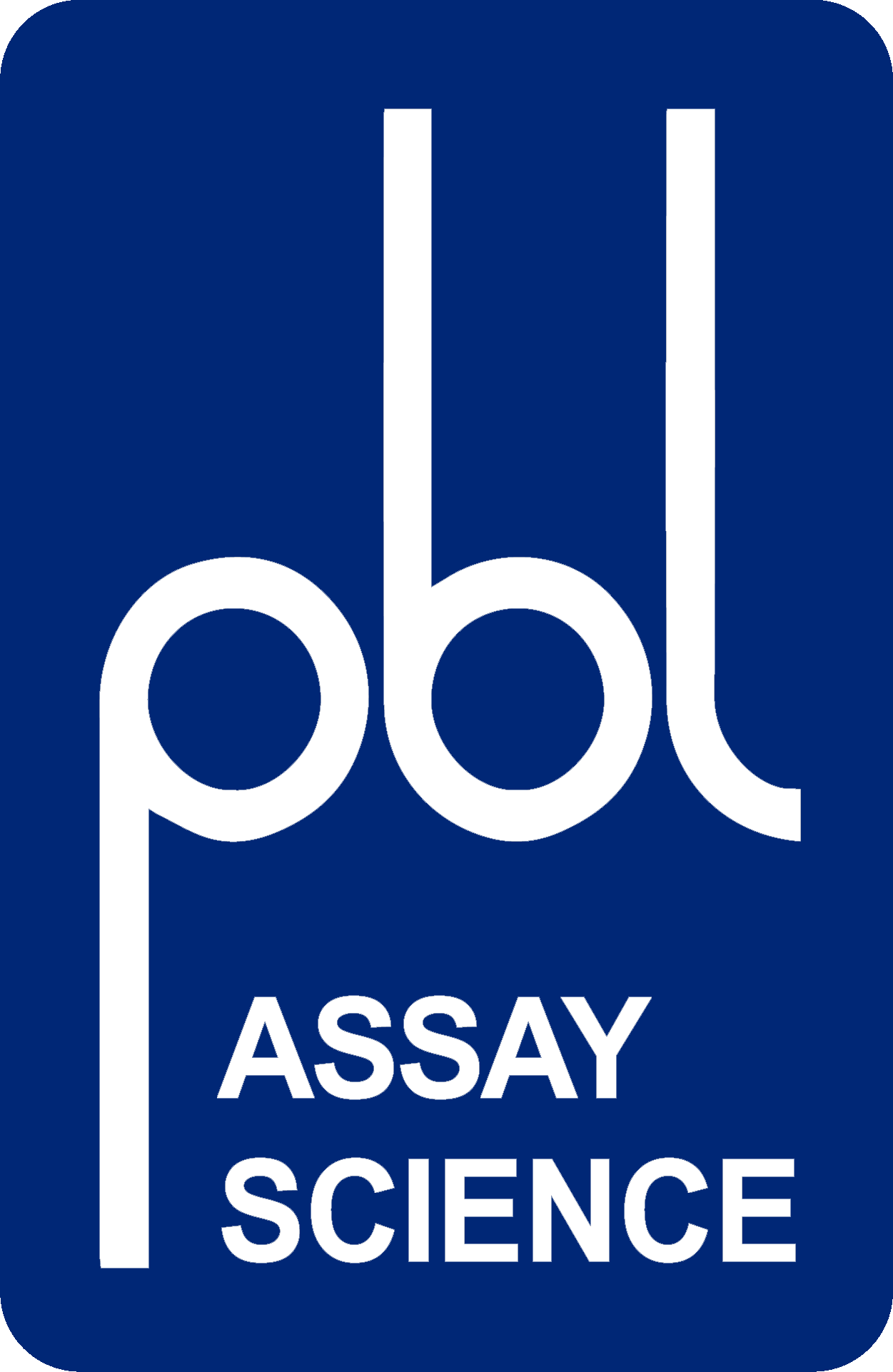Mouse IFN-Alpha 11
Catalog Number: 12125
Recombinant Mouse Interferon Alpha 11 protein expressed in E.coli.
$365.00
Product Info
Mouse IFN-Alpha 11 is a high-activity interferon whose expression has been extensively studied and is tightly regulated.
IFN-Alpha 4 is a member of the mouse type I IFN family that has high specific activity relative to other mouse IFN-Alpha subtypes.
Specifications
| Formulation | Supplied frozen in phosphate-buffered saline (PBS) containing 0.1% Bovine Serum Albumin (BSA) |
|---|---|
| Molecular Weight | 19.1 kDa |
| Source | cDNA obtained from mouse leukocyte interferon expressed in E.coli |
| Purity | > 95% by SDS-PAGE stained by Coomassie Blue Endotoxin level < 1 EU/μg |
| Bioactivity | Measured using a cytopathic inhibition assay on Mouse (L929) cells with EMCV. The EC50 for IFN in this assay is ~ 5 U/ml. |
| Storage | For retention of full activity store at -70°C or below and avoid repeated freeze/thaw cycles |
| Synonyms | Mu IFN-α11, Mouse IFN Alpha Subtype, Mouse IFN Protein Subtype, Interferon Alpha, IFN Alpha, IFN-a, Type I IFN Alpha |
| Accession Number | AY225954 |
Tech Info & Data
Background
Mouse IFN-Alpha 11 was originally identified as an interferon whose expression was not upregulated by viral infection of cells [Coulombel et al. (1991) Gene 104(2):187]
Expression of Mouse IFN-Alpha 11 is induced by poly(I):poly(C) and some virus, but not others in L929 cells [Fung et al. (2004) J. Imm. Meth. 284:177]. It has been suggested that expression of this IFN may be regulated by OCT-1 and Ptx-1 [Mesplede et al. (2005) Mol. Cell Biol. 25(19):8717, Lopez et al. Mol. Cell Biol. 10(20):7527]. Additionally, a number of studies have suggested that the expression of this IFN is tightly regulated [reviewed by Doly et al. (1998) Cell. Mol. Life Sci. 54:1109].
Summary: Mouse IFN-Alpha 11 is a high-activity interferon whose expression has been extensively studied and is tightly regulated.
For more information on Mouse IFN-Alpha subtype nomenclature click here.
Citations
2 Citations
- Sang, Allison, et al. (2018). Innate and Adaptive Signals Enhance Differentiation and Expansion of Dual-Antibody Autoreactive B Cells in Lupus. Nature Communications, 14 pgs. PMID: 30266981. (link)
- Swanson, Cristina, et al. (2010). Type I IFN enhances follicular B cell contribution to the T cell–independent antibody response. JEM, 16 pgs. PMID: 20566717. (link)
References
- Coulombel et al. (1991) Gene 104(2):187.
- Fung et al. (2004) J. Imm. Meth. 284:177.
- Mesplede et al. (2005) Mol. Cell. Biol. 25 (19):8711.
- Lopez et al. (2000) Mol. Cell. Biol. 10 (20) 7527.
- Doly et al. (1998) Cell. Mol. Life Sci. 54:1109.

